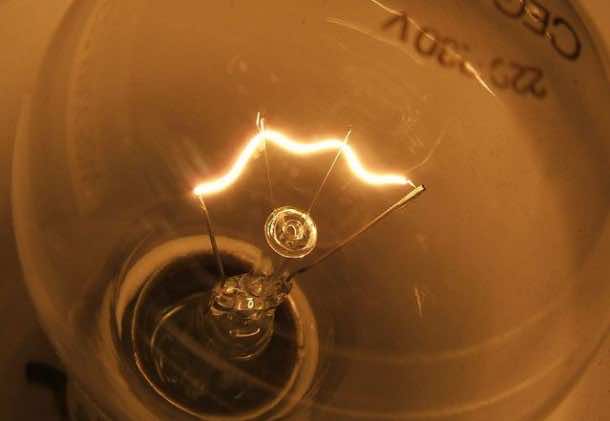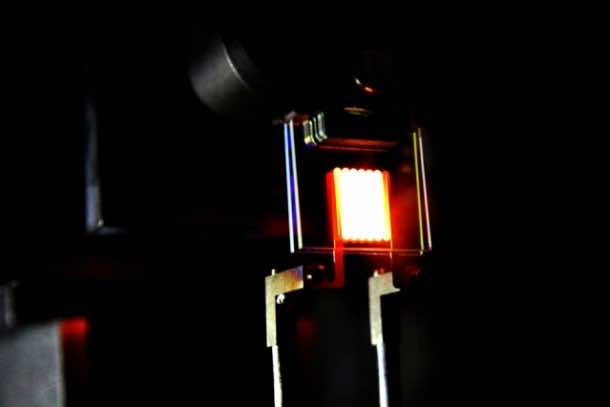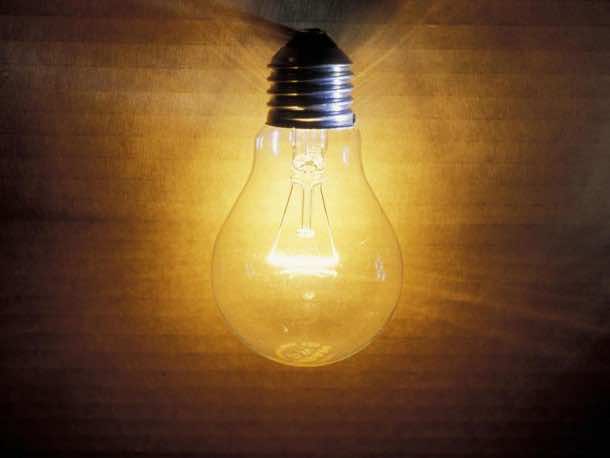Following the EU’s ban on sales of conventional incandescent light bulbs, a lot of complaints were made by homeowners who were displeased with the shortcoming of the energy-efficient replacements. The time delay caused by ‘green lighting’ along with the clinical white beam of LEDs left a lot of folks yearning for the instant and warm glow of conventional filament bulbs. Scientists in US believe that they have found a solution that will soon result in the reincarnation of incandescent bulbs. Professor Gang Chen of MIT said, “The lighting potential of this technology is exciting.”
A team of researchers at MIT has proved that when a filament is surrounded by a unique crystal structure in glass, the energy being lost as heat can be made to bounce back and utilized as light. The crystal structure doesn’t hinder the flow of light. The technique is being referred to as ‘recycling light’ since the energy that usually escaped into the air is being brought back to the filament where it helps in creation of more light.
Professor Marin Soljacic said, “It recycles the energy that would otherwise be wasted.” Conventional light bulbs are only 5% efficient, that is to say they waste 95% of the energy to their atmosphere. The LED bulbs, in comparison, are about 14% efficient. However, with the ‘Recycling light’ technology, scientists are hopeful that conventional light bulbs will become about 40% efficient. Another advantage of incandescent bulb is that it is capable of showing colors naturally as compared to the newer-efficient light bulbs. The conventional bulbs offer a ‘color rendering index’ rating of 100 since they are capable of matching the hue of objects seen in natural daylight. When you look at ‘warm’ LEDs or florescent bulbs, they are only capable of achieving an index rating of 80 and most of them are well below this rating.
Principal research scientist Ivan Celanovic said, “This experimental device is a proof-of-concept, at the low end of performance that could be ultimately achieved by this approach. An important feature is that our demonstrated device achieves near-ideal rendering of colors. That is precisely the reason why incandescent lights remained dominant for so long: their warm light has remained preferable to drab fluorescent lighting for decades.”
About 130 years ago when Thomas Edison patented the very first commercially feasible incandescent light bulb, he said that it was so that ‘none but the extravagant would ever burn tallow candles.’ The bulb works via heating of a thin tungsten wire to temperatures of up to 2,700 degrees Celsius. This hot wire emits black body radiation – a broad spectrum of light – that is responsible for the warm look and rendering of all colors. The downside is the fact that most of the energy was going to waste in the form of heat and thus, many countries phased this bulb out.
The Energy Saving Trust computed that cost of a typical living room using a 60-watt incandescent light bulb to be around £7.64 over a year. With an energy efficient CFL light bulb, it was £1.53 per year and with an LED it was £1.27 per year. However, if this research makes it to commercial level, the cost would be 50p per year.
The research has been published in the journal Nature Nanotechnology.



PLEASE develop this as a consumer product before we all die painful, poorly lit deaths of ennui.
Don’t forget about the thermal constraints of LED light bulbs. It may not be the bulb itself that is limited, but by golly show me a commercially produced LED bulb that doesn’t have a lifespan a mere fraction of it’s advertised lifespan [7-10 years in USA] when enclosed in a non-vented fixture, i.e. reaches temperatures above 130°F (54°C). Supposedly, the PCB & solder become questionable above 130°F.